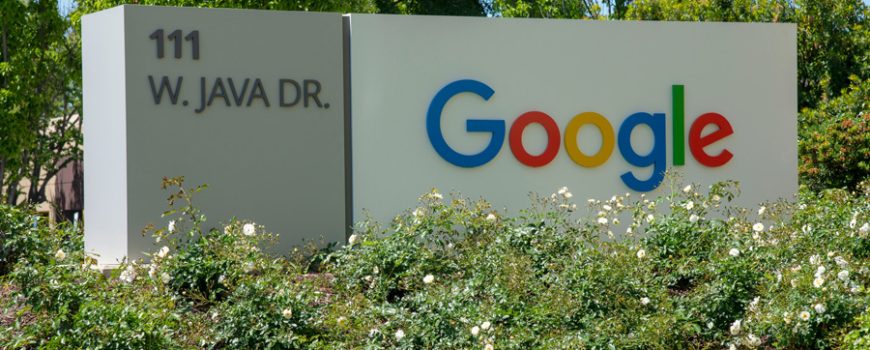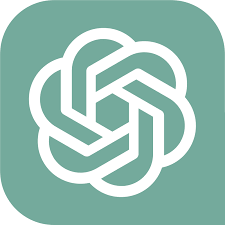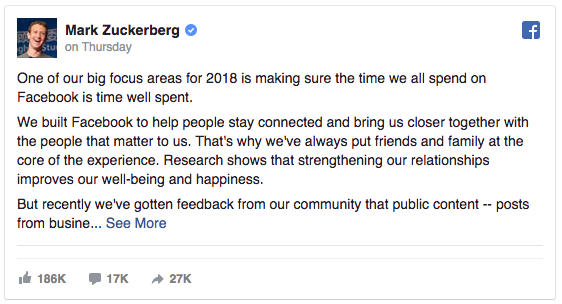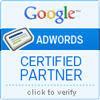Open AI’s research startup ChatGPT threatens to disrupt industries but is not a major concern for search advertising in the near future. Since its launch in November 2022 it is making headlines:
- Did Siri, Alexa and Google assistants lose out to ChatGPT?
- How much did Microsoft invest in ChatGPT?
- Five ways to save time with ChatGPT
I’ve read several current articles focusing especially on how ChatGPT threatens to disrupt industries to see if this is a concern for my business given that 60% of our income is for managing digital ads. The burning question remains “How will ChatGPT monetize?” The answer is still being made up in real time as the chatbot only launched 5 months ago. It is not known what model it will end up using, be it ‘free to users’, ‘ad-supported’, ‘paid subscription’ or otherwise.
I tried using the free version of ChatGPT and received the message that it is “at capacity.” The website provided an option to get on the waitlist to subscribe for $20 per month. With the paid subscription one can expect the following advantages:
- general access to ChatGPT, even during peak times,
- faster response times,
- priority access to new features and improvements.
Regarding the paid subscription model the website states: “We plan to refine and expand this offering based on your feedback and needs.”
There is also a pricing model available based on use, with many options based on the type of use and a system of tokens. See https://openai.com/pricing for details on this. There will likely be specialized versions of ChatGPT for different uses.
Limitations
The chatbot readily admits and even warns of its current limitations. For example, It can create responses that are grammatically correct but factually bonkers, such as referring to “old black-and-white radio shows- source. Another big issue is that the answers will reflect the biases of those that it learnt from, providing answers that are potentially racist, sexist or contain other biases. Also, for the time being, its learning does not include current events information dating from before September 2021. As new versions come out the biases and errors will be reduced and the data set which it draws from will surely increase.
The New Bing
Microsoft’s search engine Bing has close ties to ChatGPT as Microsoft is a major investor. In January 2023 Microsoft Confirmed a $10 Billion Investment into ChatGPT. The headlines read that this investment changed “How Microsoft Competes With Google, Apple And Other Tech Giants.”
Bing’s cozy relationship with ChatGPT does bring to the table some potential competition for Google. This certainly does not mean the end for Google as Google has enjoyed relatively little competition as a search engine. Bing for example is its closest competitor and has 9% search engine market share compared to Google’s 84% market share.
Microsoft launched a new version of Bing on February 7, 2023, that integrates the latest version of ChatGPT. “Users will be able to switch back and forth between the familiar interface with a search bar and one with a chat box. The chatbot version of Bing is currently available through a waitlist”. Will Google users start trying Bing to get access to the chatbot? Probably some will, especially when it is more fully available.
Version 4
The fourth version of ChatGPT was released March 14, 2023. Unlike version three this one is not freely accessible. It is available to Plus users for $20/month and is also used by the Microsoft chatbot as mentioned above.
“The biggest update is that GPT-4 can see, understand and respond to images. The earlier version was limited to text prompts. The company says that GPT-4 is capable of processing up to 25,000 words – nearly eight times more than its predecessor” – source.
Ad-Based or Subscription-Based Model
There is only speculation at this point as to how Open Ai will monetise the chatbot. I found this Adweek article which has some information on likely options. According to the article,” It does not look like the chatbot will disrupt ads in a meaningful way in the near future.”
Bing already has an ad program setup for its search engine so it would not surprise me if ads will be displayed in the chatbot based on user queries. This would create a new source of ad revenue for Bing. That said, it looks like the Netflix-like model of paid subscription use is the way this is leaning for now, given that there is a wait list to subscribe to ChatGPT for $20 per month. If the video streaming industry can be used for some insights on monetization, Netflix for its part has used product placement in shows but until recently resisted showing commercials. They are only now experimenting with an ad-supported lower subscription tier in the US for $6.99 as of November 3, 2022. Disney also launched its own rival ad tier as part of a price increase. In Disney+, “Customers who didn’t want to pay the new $10.99-a-month price tag for an ad-free plan could continue to pay $7.99 monthly but would begin seeing ads” – source. So when the competition got hotter for Netflix and Disney+ they started experimenting with ad models. Netflix by the way had a revenue of US$31.6 billion in 2022 and is still growing. As we know Google has stayed with largely ad-supported services and is doing very well. Google had a revenue of US$279.8B in 2022, 80% of which was from advertising revenue. The ad revenue for Google included:
- Google Search & other: $162.45B
- Google Other: $29B
- YouTube ads: $29.24B
- Google Network Members: $32.78B – source
Microsoft in comparison brought in $8.5B from search advertising in 2021.
Conclusion
In the scenario of the near future there will likely be a combination of paid subscription use and free use via Bing. There are currently waiting lists for both uses. I doubt that the paid subscription will cut into search engine use because a chatbot and a search engine are used for different types of tasks. We will see how fast or slow integration of ChatGPT is and how quickly it can accommodate a larger capacity for wider use. As for the use of the Chatbot via a Bing chatbot that may have ads, this does not worry me as a digital ad agency. It will simply provide a new ad option and frankly, Google can use the competition.
I suspect that Bing’s new free chatbot will be popular once it can accommodate a high number of users. If this is the case, more users will start using the Bing search engine since they are already using the chatbot, so this may help Bing get more market share from Google.
Environmental Impact
It would be irresponsible to write about the potential popularity of using ChatGPT without mentioning the environmental impact that all internet-enabled services have. Video and audio streaming, search engines and AI chatbots all require servers which need to stay cool and require huge amounts of energy.
“In terms of data processing alone, industries using AI technology pollute as much as the aviation industry. In fact, training an AI system can emit more than 113 tons of carbon dioxide [2] which, in the case of ChatGPT, reaches as much as 522 tCO2e [3]” – source.
Now is an important time to make decisions about energy use before the chatbot is in wider use.
About the Author
Jason Campbell is the co-founder of Red Carpet Web Promotion, providing digital advertising and web development services since 2000.







